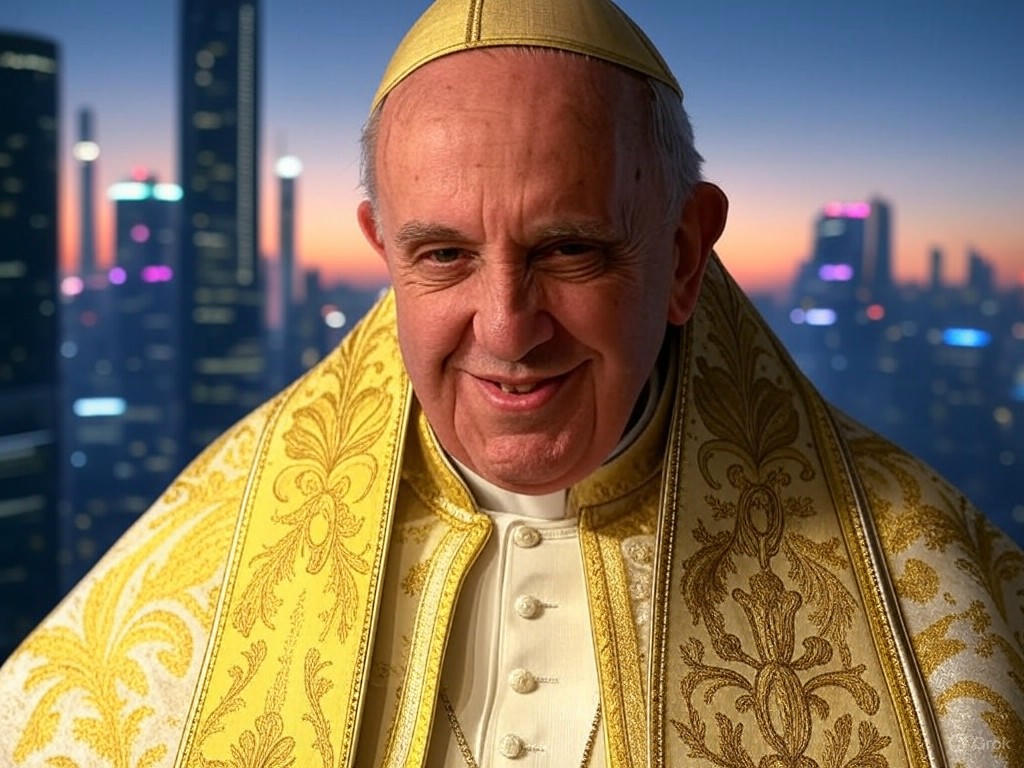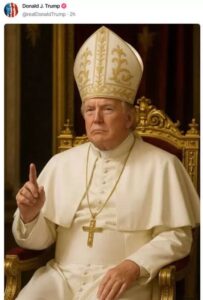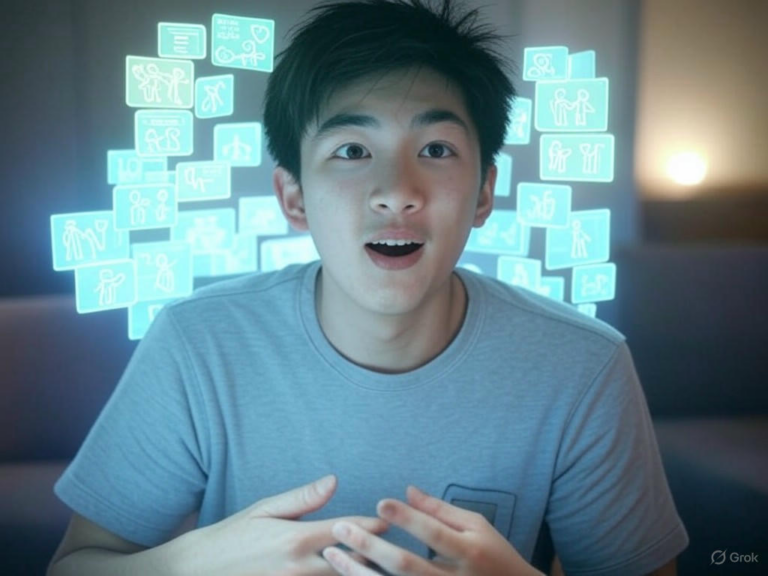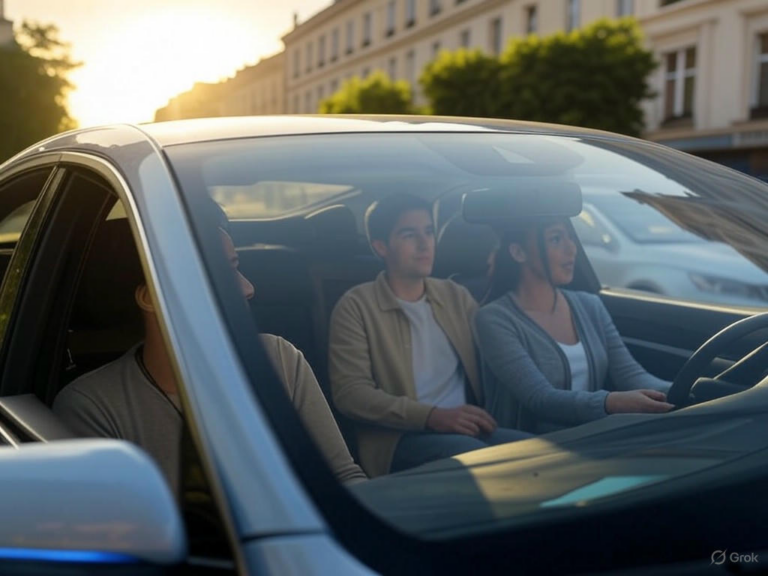
Trump’s Pope Image Sparks Social Media Frenzy
Introduction
Picture this: in the midst of global mourning for Pope Francis, former President Donald Trump shared an AI-generated image of himself in papal robes, instantly turning the internet into a battlefield of opinions. The Trump pope image, first appearing on Truth Social and quickly spreading to the White House’s X account, didn’t just go viral—it forced everyone to pause and think about the fine line between humor and disrespect. This moment underscores how digital tools can amplify political statements, leaving us to grapple with the ethics of AI in sensitive contexts like religious traditions.
The Backstory Behind the Trump Pope Image Outrage
It all kicked off on a Friday night when the world was still reeling from Pope Francis’s death on April 21. Trump posted an AI-altered photo showing himself decked out in a white cassock and bishop’s miter, a move that felt wildly out of step with the Catholic community’s grief. With cardinals set to gather in Rome for the papal conclave, the timing of the Trump pope image amplified its shock value, drawing swift backlash from religious leaders, politicians, and everyday users online. Have you ever wondered how a single post can ripple across the globe? Well, this one did just that, highlighting the explosive power of social media in moments of vulnerability.
News outlets like Euronews covered the story extensively, noting how the image landed on the White House’s official account, intensifying the debate. According to Euronews, critics saw it as a blatant disregard for the sacredness of the occasion, urging a deeper reflection on digital responsibility.

Global Backlash: Reactions from the Vatican to Online Communities
How the Vatican and Catholic Groups Responded to the Trump Pope Image
The Vatican didn’t mince words in its unease, with spokespeople steering clear of direct comments but making it clear the image hit a nerve during the mourning period. Italian media outlets labeled the Trump pope image as “offensive” and “in poor taste,” while politicians like former Italian Premier Matteo Renzi called it an outright insult to believers. In the U.S., the New York State Catholic Conference was equally vocal, branding it a mockery of the faith shared by over 1.3 billion Catholics worldwide. It’s fascinating to consider how these reactions bridge cultural divides, showing that respect for religious symbols isn’t just a local issue—it’s global.
Think about it: when a figure as prominent as Trump uses AI to insert himself into a role of spiritual authority, it raises questions about intent and impact. Groups like the Italian bishops’ conference echoed calls for sensitivity, reminding us that sacred traditions deserve protection, even in the fast-paced world of online politics.
Social Media Frenzy and the Viral Spread of the Trump Pope Image
Online, the Trump pope image sparked a whirlwind of memes, hashtags, and heated discussions, with #TrumpPope trending across platforms like X and TikTok. Users mixed satire with serious outrage, debating whether it was clever commentary or just another bid for attention. Some created clever edits of their own, while others demanded platforms step up their moderation game to curb potentially harmful content. What do you think—does sharing something like this cross the line, or is it all fair game in the digital age?
- Vatican observers criticized the trivialization of religious rites, arguing it undermines centuries of tradition.
- Political pundits viewed it as Trump’s signature shock tactic, designed to distract and dominate headlines.
- Faith leaders worldwide urged a return to mutual respect, warning that such posts could deepen societal rifts.
Trump’s Strategy: Why Share the Trump Pope Image?
Trump has long been a master of social media, and this incident fits his pattern of using provocative content to stay in the spotlight. Just days before the post, he joked with reporters about aspiring to the papacy and even name-dropped New York Cardinal Timothy Dolan. But the Trump pope image went beyond banter, serving as a calculated move to reinforce his image as an unfiltered disruptor. In a world where attention is currency, is this just smart branding, or does it risk alienating key audiences?
Experts suggest it’s part of a broader strategy to weaponize digital tools for political gain, much like his past use of rallies and tweets. Yet, as one analyst pointed out in a YouTube discussion, this approach can backfire when it touches on sensitive topics like faith, potentially costing support among religious voters.
Ethical Dilemmas: AI’s Role in the Trump Pope Image Controversy
Navigating the Risks of AI-Generated Images Like Trump’s Pope Depiction
The rise of AI in creating images has opened up exciting possibilities, but the Trump pope image shows the dark side. When politicians use tools like this to blur reality and satire, it muddies the waters of public trust and raises ethical red flags. Critics worry that such content could spread misinformation, especially when it’s shared by influential figures with massive followings. For instance, imagine a world where fake images sway elections or incite unrest—sounds dystopian, but it’s closer than we think.
- Provocative posts often boost visibility on social media, turning controversy into a profit-driven cycle.
- The line between harmless fun and manipulation gets fuzzy, as seen in how the Trump pope image was misinterpreted by some as a serious claim.
- This has fueled demands for stronger regulations, with experts calling for AI transparency to prevent abuse.
A study from a Russian academic source delves into these issues, highlighting how AI can exacerbate polarization—you can read more here if you’re curious about the technical side.
Wider Implications: How the Trump Pope Image Affected Religion and Politics
The Importance of Respecting Sacred Traditions in the Digital Era
For Catholics, the period of mourning and the conclave is profoundly sacred, making the Trump pope image feel like a direct affront. Leaders emphasized the need for politicians to exercise restraint, especially when their actions can reach billions instantly. It’s a reminder that in our hyper-connected world, a single post can disrespect traditions built over centuries—what might seem like a joke to one person can cause real pain to another.
Take a hypothetical scenario: a leader mocking a national holiday online. The fallout could erode public trust and fuel division, much like what’s happening here.
Deepening Divides: Polarization from the Trump Pope Image
This controversy has laid bare the tensions at the intersection of religion, politics, and tech. Some dismissed the Trump pope image as harmless fun, while others saw it as a calculated slight against faith. It underscores how digital media can widen societal gaps, leaving us to question the responsibilities of public figures. How can we bridge these divides? Perhaps by fostering more thoughtful online interactions.
Breaking Down Reactions: A Look at the Trump Pope Image Fallout
| Stakeholder | Reaction | Key Concern |
|---|---|---|
| Vatican | Expressed concern, avoided official statements | Preserving papal mourning traditions |
| Italian Politicians | Strong outrage, deemed it offensive | Insult to religious institutions |
| US Catholic Bishops | Public condemnation | Mockery of sacred rites |
| Social Media Users | Mixed responses, from memes to anger | Balancing satire and respect |
| Political Commentators | Debates on digital manipulation | Increasing polarization |
What’s Next: The Evolving Landscape After the Trump Pope Image
As we move forward, the Trump pope image serves as a wake-up call for the future of online discourse. With AI becoming more sophisticated, we’ll need to prioritize digital literacy to spot fakes and understand their implications. Platforms might step up accountability, implementing better tools to flag misleading content and protect sensitive topics.
- Building digital literacy can help users question what they see, reducing the spread of harmful images.
- Greater platform oversight could prevent incidents like this from escalating.
- Public figures should lead with restraint, promoting unity rather than division.
Wrapping Up: Lessons from the Trump Pope Image Frenzy
In the end, the uproar over the Trump pope image isn’t just about one post—it’s a mirror reflecting the challenges of our digital world. It pushes us to demand better ethics in AI and more respect in politics, all while navigating a landscape where every share can spark a storm. What are your thoughts on this? We’d love to hear them in the comments below.
If you’re interested in exploring more, check out our articles on digital ethics in politics or AI in social media for deeper insights.
FAQs
- Q: What prompted Trump to post the Trump pope image?
A: It stemmed from a joke Trump made about the papacy, but the AI-generated version exploded into controversy due to its timing during Pope Francis’s mourning period. - Q: How did the Catholic Church react to the image?
A: Officials, particularly in Italy and the U.S., condemned it as disrespectful, urging greater sensitivity toward religious customs. - Q: Is this a sign we need tougher AI rules?
A: Absolutely, experts argue that the Trump pope image highlights the need for regulations to ensure AI content is transparent and accountable.
References
- Star Tribune. “Trump draws criticism with AI image of himself as the pope ahead of the papal conclave.” Link.
- Euronews. “Donald Trump stirs controversy after posting image of himself as the pope.” Link.
- YouTube Video. “Discussion on AI in Politics.” Link.
- ASAU Research. “AI and Digital Ethics Study.” Link.
Trump pope image, social media frenzy, AI-generated image, digital ethics, Vatican controversy, Trump AI image, religious sensitivities, political branding, online backlash, digital misinformation







